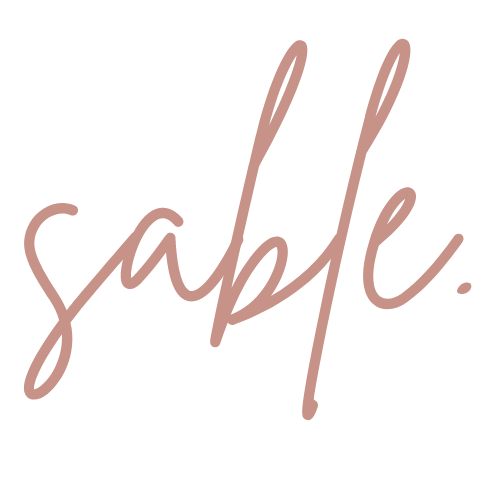Four Ways to Protect Your Fashion Brand from the Potential TikTok Ban
On Wednesday, March 13, 2024, the House of Representatives passed a bill, with a 352-to-65 vote ratio, to remove TikTok from app stores in the U.S. unless ByteDance, its Chinese owner, sells the platform. President Biden will sign it into law if the bill passes the Senate, then TikTok will have five months to find a new owner. The concern from the government comes from U.S. officials' national security concerns about Chinese Communist Party affiliation.
Some would argue that the ownership of TikTok should not be a major concern for the government when there are more important tasks at hand. I would personally agree that this bill may be a distraction from more pressing issues concerning U.S. taxpayers. However, from a marketing standpoint, it frustrates me to see so many businesses complaining about maintaining content on a platform that they don't even own.
If your business solely operates on social media platforms, in general, you're already in trouble. In the post "Five Ways to Connect With Your Audience During #InstagramDown", I share tips for staying engaged with your audience if Instagram is having a hard day. The rules apply to any of these social media platforms. While they're great for building brand awareness and social engagement for your target audience, you have to remember you're operating in a rented space. Any one of these platforms reserves the right to shut down at any time taking your well-curated content and followers with it.
So how do you protect your content and your business from getting lost in the shuffle? The quick answer is to solidify your brand's corner of the internet with a fully developed e-commerce website that you own. But for those who need a little more detail, use these four steps to ensure that your brand always has a safe space to land whenever these social media platforms start acting up.
Refresh Your Digital Headquarters
With the amount of work that goes into developing engaging content for social media, it's understandable that your website might feel a little neglected. But since your website is (or should be) the main hub for your online sales, making sure your site is consistently updated is important.
To-Do List
Select or switch to the right e-commerce platform for your business (Google It)
Update every webpage with new, relevant, and engaging copy, photos, and videos
Decrease the number of customer clicks from product to purchase
Implement an Organic SEO Strategy
Google hosts an average of 8.5 billion searches every single day. Make sure your business is getting found with your desired keywords. Answer this simple question: "If I were a customer searching for these products, what keywords or phrases would I type into Google to find them?"
To-Do List
Write engaging SEO webpage titles and descriptions including desired keywords and phrases
Create a Google Analytics account for your website to monitor traffic, users, and webpage performance
Update your SEO strategy every quarter based on Google Analytics data
Create an Email List
You may not own your social media following list, but you do own your brand's email list. Knowing that you have an easy way to contact your warm leads whenever you're launching a new product, previewing a sale, or hosting an event can be a game-changer. Once you understand that if a potential customer trusts you enough to give you access to their inbox, you'll want to continue nurturing those relationships far beyond a single sale.
To-Do List
Select or switch to the right email marketing platform for your business (Google It)
Create an email welcome sequence that shares details about your brand and the perks of being a subscriber
Determine how often you want to send out emails
Conduct a Social Media Audit
Social media is important to the success of any business. However, that doesn't mean that your brand has to be everywhere all at once. Now is a great time to conduct an audit of all your current social media channels. Document the total number of followers, engagement rate, the number of posts per month, and check your Google Analytics account to determine which social platforms drive the most traffic to your website.
After that, I would suggest narrowing your focus down to two social media platforms, an engager and an engine. An engager platform would be Instagram, Facebook, Twitter, or TikTok; a platform that's meant to keep users online as long as possible where you can communicate with your target audience. An engine platform would be YouTube or Pinterest; a platform highlighting a search feature that allows users to solve specific problems. TikTok could also be used as an engine, however, it may not be of use if this bill passes.
While there may be pressure for your business to "go viral" on platforms like TikTok, Instagram, or Facebook, none of that brand awareness will matter if all of those new viewers and followers don't have anywhere to go to see what your brand has to offer. All the bells and whistles of social media can be fun, but if there's no solid foundation for your brand to stand on, you'll be wasting more time than you realize.
Comment Below
How are you feeling about the potential TikTok ban? Are you prepared to migrate to another platform? And does your digital headquarters need a brand makeover?
Resources












